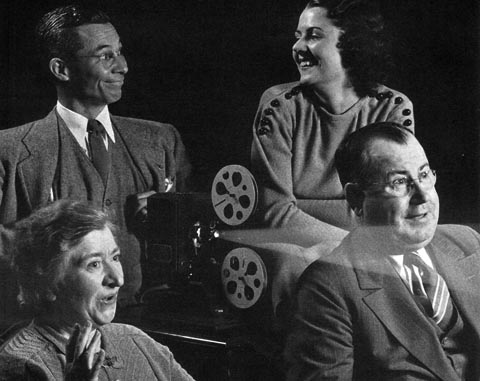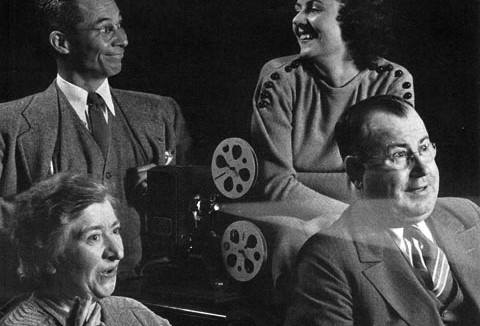

The Importance of Documenting Your Animation Career

A few evenings ago, Don Shank (production designer of The Powerpuff Girls and Pixar’s Day and Night) used his Twitter account to write a message–in 140 character bursts–that is definitely worth reposting. Here’s what he wrote:
“I remember almost twenty years ago working on Ren & Stimpy and asking a friend ‘should I bring in my super 8 camera and film all the crazy shit going on.’ Definitely! He says. I didn’t. Regret!!!! Back then it was ‘just Now’ who cares about ‘now’. Modern times. Current day. But now now back then is twenty years ago! How great would it be to see all those people back then? Plus, real behind the scenes (un-sped-up) animators working is almost never filmed and shown. In favor of the movie star talking about how they ‘created’ the character. My advice… Film you and your buddies in your normal everyday life. In Twenty years you will thank you (and me hehe).”
I couldn’t agree more. Somebody, someday, somewhere, is going to be interested in what you’ve done. With the ease of one-click digital film recording nowadays, there’s no excuse to not spend some time filming yourself and those around you at the studio. In fact, a lot of people are doing it, like Claudio de Oliveira who filmed the Disney animators working on Tangled and the crew at New Zealand’s Mukpuddy studio. It may be difficult to immediately appreciate the value of these recordings, but there is priceless information in every piece of film. Its true worth accrues with every passing year and may not reveal itself until many years down the line.
As someone who’s spent a lot of time documenting this art form’s history, I can only think back to all the frustrating interviews when I’ve asked animation veterans whether they’d taken any photos of their co-workers and workplaces. Among them were artists who worked daily with Tex Avery, Bill Hanna, Joe Barbera, Chuck Jones, Bobe Cannon, John Hubley, and Walt Disney. Inevitably, they’d tell me that at the time, they never considered what they were doing to be important enough to warrant documenting. And they never dreamt that fifty or sixty years later, people would be celebrating their work.
To end on a bright note, I’m currently working on a project for which there exists hours of home movie footage that an animator recorded during the Thirties, Forties and Fifties, none of which has been seen for decades. It’s the stroke of good luck that historians dream about and which rarely happens. Who knows what sort of treasures are contained within these dusty 16mm film reels. I can’t wait to find out.
